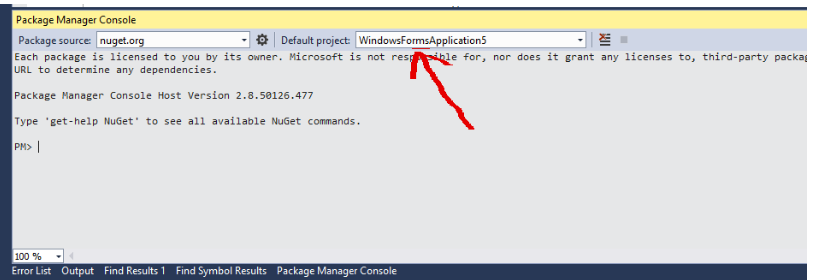Ensure you are using the same version of Entity Framework across all projects using the NuGet Package Manager.
Recent windows updates may have installed a newer version of Entity Framework into your active project.
Background:
Around 16 Mar 2016, I started getting this error when trying to add migrations to a project where I had already enabled migrations and had successfully done migrations for.
I noticed that around March 10, a new stable version of Entity Framework 6 had been released.
If I specified the -ContextTypeName parameter in the enable-migrations command, I got an error indicating the migrations were already enabled.
Resolution:
1) Tools -> Nuget Package Manager -> Manage Nuget Packages for Solution
2) (Not sure if this step is necessary, but..) I updated my version of the Nuget Package Manager to the latest version. Also, after updating my version of Nuget Package Manager, I had to restart Visual Studio twice before the NuGet Command line would work properly.
3) Tools -> Nuget package Manager -> Manage Nuget Packages for Solution -> Search Installed packages -> Type Entity Framework
a. You may see more than one version of Entity Framework there.
b. Click Manage on each version of Entity Framework and ensure that your projects are using the SAME version of Entity Framework.
- Uncheck the version of Entity Framework that you are not using and for the version of Entity Framework you ARE using make sure it is checked across your projects that need it.
Again, as noted in step 2, I had to restart visual studio twice to get the NuGet Package Manager Console to work properly after updating my version of the NuGet Package Manager. I got an error starting the console the first time, and
"exception calling createinstancefrom with 8 arguments could not load file or assembly EntityFramework" when running the enable-migrations command the second time.
Restarting visual studio seemed to resolve those issues, however.


